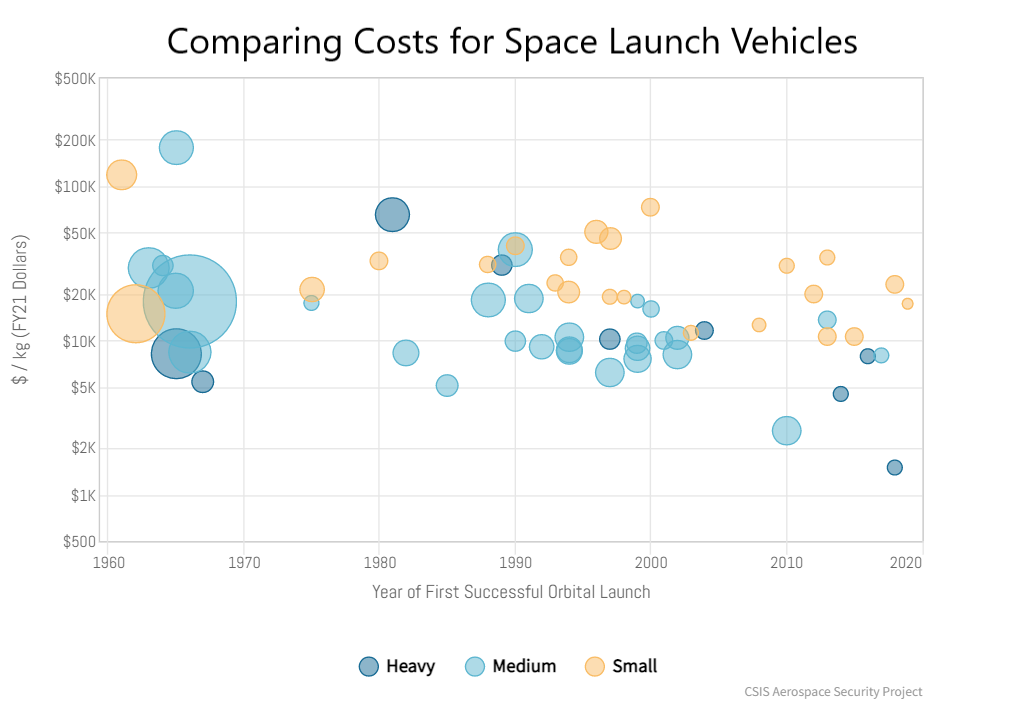Have you ever wondered if you could live on corporate stock dividends? Dividends are the quarterly payouts companies make to shareholders. The amounts are usually set at a specific dollar amount per quarter, which means that the percentage-yield changes constantly with the stock’s price.
Is it reasonable for anyone to expect to be able to live on the income from stock dividends? A related question is this: how much can you save for retirement if you only invested in high-grade dividend stocks?
Let’s use a compound interest calculator to dig into the answers and find out the true story about dividends and how they can help you provide for the future.
Living On Dividends
Let’s examine whether a working person could live on dividends. First, we must make a few assumptions. Let’s say you only invested in the best dividend-paying stocks, the so-called “aristocrats.” They have increased their payouts every year for the past 25 years and have never failed to pay their scheduled dividends.
On average, the best five aristocrats, based on current yield, pay about four percent per year. We’ll use four percent as our annual yield rate. Next, what does it mean that you want “to live” on dividends?
The current poverty level for a single person is $12,880, so we’ll assume that “living comfortably” is 50 percent higher than that. It’s still a modest income, but for our example, we’ll say a single person needs $19,320 to live a semi-comfortable life.
– Advertisement –
So, if you want to live off of dividend payments that amount to four percent of the stock you own, and you need an income of $19,320 per year, that means you must own $483,000 in aristocrat shares (companies like IBM, Exxon, and Chevron).
How many working adults have access to $483,000 and are willing to put it all into stocks just to earn about $20,000 annually? Not many. What’s a viable alternative? For most folks, using high-quality stock shares to build a retirement fund is a much smarter way to take advantage of dividend-paying stocks.

Using Dividends for Retirement
If you use the IRA (individual retirement arrangement/account) limit for a single person of $6,000, that means you can avoid paying tax on up to that much of your annual income IF you put the money into a legitimate retirement account with a bank or broker.
Let’s assume you’re a 25-year-old with an annual income of $62,000 (which is very close to the US national average) and can afford to stick $6,000 per year into an IRA until you stop working at age 65, which is 40 years from now.
How much would you be able to save if you only bought aristocrat stocks for your IRA, assuming they continue to pay four percent per year? Let’s use the compound interest calculator to find out.
We’ll need the basic information to put into the calculator, like the starting amount (which is $6,000 because we are ready to make an initial deposit with last year’s savings), the interest rate (four percent for the stocks), compounding frequency (we’ll assume annually for the sake of simplicity), length of terms (40 years until retirement), payment ($6,000 per year), payment frequency (annually), and the start date (we’ll use Jan. 1, 2023).
After plugging in all the data, what did you discover? If you used the calculator correctly, the results are pretty surprising, in a positive way. Just by investing one-tenth of your annual pre-tax income into an IRA, using nothing but high-quality stocks that pay four-percent annual yields, it’s possible to build a healthy retirement nest egg.
Here’s the raw data you should have come up with:
- Your initial investment on day one was $6,000, which gave you a bit of a head-start by using last year’s money set aside for retirement.
- The grand total in the account on the day you retire, Jan. 1 of 2063, will be $5,160,854, which far exceeds the total of the deposits in the absence of dividend payments.
- Throughout the 40 years, you paid $240,000 into the fund along with the $6,000 initial deposit.
- Your net profit on the fund was a whopping $4,914,854.
How is it possible that a $6,000 yearly contribution can grow into such a huge amount? The secret is the concept of compound interest, which is actually “interest on interest.” In the example, we used a 40-year timeline. That allowed us to greatly magnify the investment amount. Along with a reasonable interest rate of four percent, the modest annual contributions grew into a large sum.

Alternate Results
The chances are slim that you plan to contribute the same amount and earn the same interest rate as in the example we used above. In order to calculate your own version of the retirement fund scenario, go back to the compound interest page and insert the real values.
You’ll notice a couple of things. First, even with a slightly higher interest figure, the final amount rises significantly. Second, when you use monthly or quarterly compounding instead of yearly, you’ll earn more money in the long run. Also, it’s still possible to build a substantial retirement fund by contributing less than the maximum IRA amount each year.
What’s the Takeaway?
When it comes to dividends, few “regular” people could live on the income because it would take too large an initial investment to provide enough monthly income. Even using the current poverty line of $12,880 for single people, you’d need more than $320,000 of dividend stocks to pay out a subsistence income.
However, for people who are interested in using so-called “dividend aristocrats” for retirement purposes, the outlook is much brighter. That’s because those shares pay, on average, four percent per year consistently. You can use a compound interest calculator to figure out your personal needs based on how much you can afford to invest in aristocrats each month.
In the real world, ordinary working adults can’t live on dividends, but they can use certain stocks to build a solid retirement nest egg and income.



